Chinese lutepipa
A Chinese lute pipa 琵琶 from Ivan Skušek’s collection. The Chinese lute, from the chordophone group, is the queen of Chinese folk music and the leader among stringed instruments. It has a short neck and a pear-shaped wooden body, sometimes with two crescent-shaped sound holes, and 12 to 26 frets. The strings were traditionally made of silk, but after 1949, they were gradually replaced by nylon-covered steel strings. The number of frets also increased, as did the girth of the instrument. A modern lute has 29 to 31 frets, 6 on the neck and the rest on the body. Pentatonic tuning has been replaced by chromatic tuning. Silk strings were played either with a larger plectrum or with fingers only, while steel strings are usually played with fingers to which short thimbles are attached. The instrument is held vertically on the thigh and plucked with the fingers of the right hand, while the fingers of the left hand stop the strings in various ways to create the appropriate ... more
A Chinese lute pipa 琵琶 from Ivan Skušek’s collection. The Chinese lute, from the chordophone group, is the queen of Chinese folk music and the leader among stringed instruments. It has a short neck and a pear-shaped wooden body, sometimes with two crescent-shaped sound holes, and 12 to 26 frets. The strings were traditionally made of silk, but after 1949, they were gradually replaced by nylon-covered steel strings. The number of frets also increased, as did the girth of the instrument. A modern lute has 29 to 31 frets, 6 on the neck and the rest on the body. Pentatonic tuning has been replaced by chromatic tuning. Silk strings were played either with a larger plectrum or with fingers only, while steel strings are usually played with fingers to which short thimbles are attached. The instrument is held vertically on the thigh and plucked with the fingers of the right hand, while the fingers of the left hand stop the strings in various ways to create the appropriate melodies and effects.
The lute from Skušek’s collection is elongated, pear-shaped, and without sound holes. It has 12 wooden ivory-finished frets on the body and four ivory bows forming another four frets on the neck, making a total of 16. The head of the instrument is bent backwards and decorated with ivory motifs. In addition to the ivory on the head of the instrument and the bars, there are ivory decorations on the tailpiece on the lower part of the belly, the tips of the wooden tuning pegs and the area under the four bows; the main decoration on the head of the instrument with its dragon motif is also made of ivory. (KH)
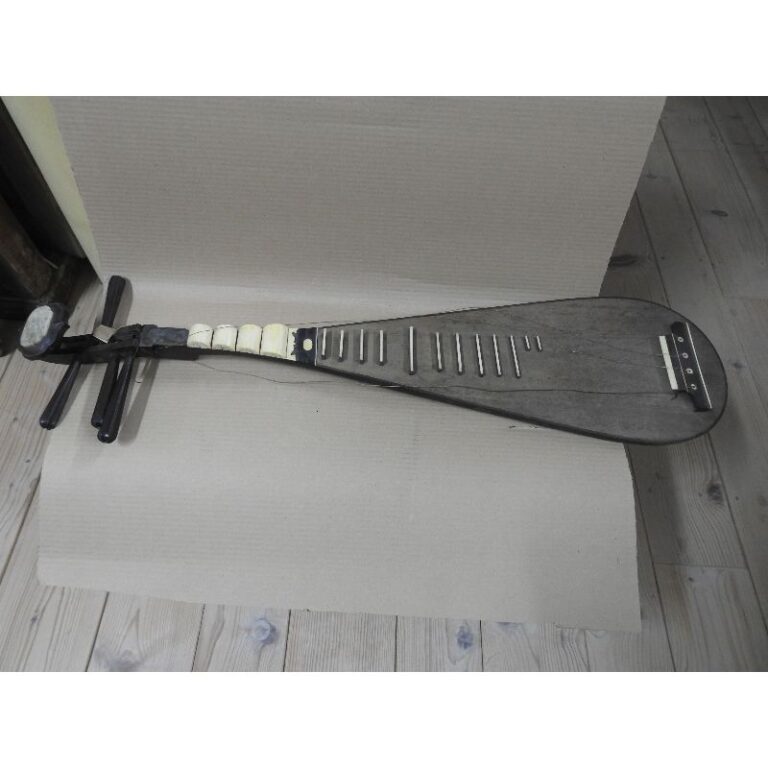
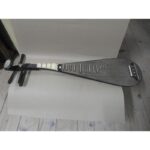

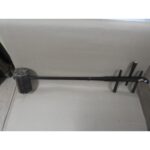










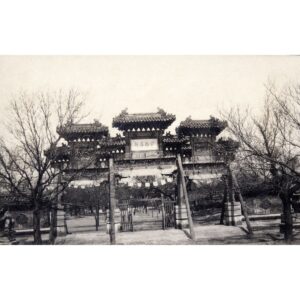









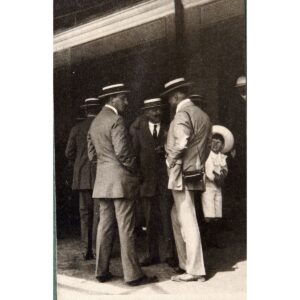












Do you have a comment or additional information about the subject?